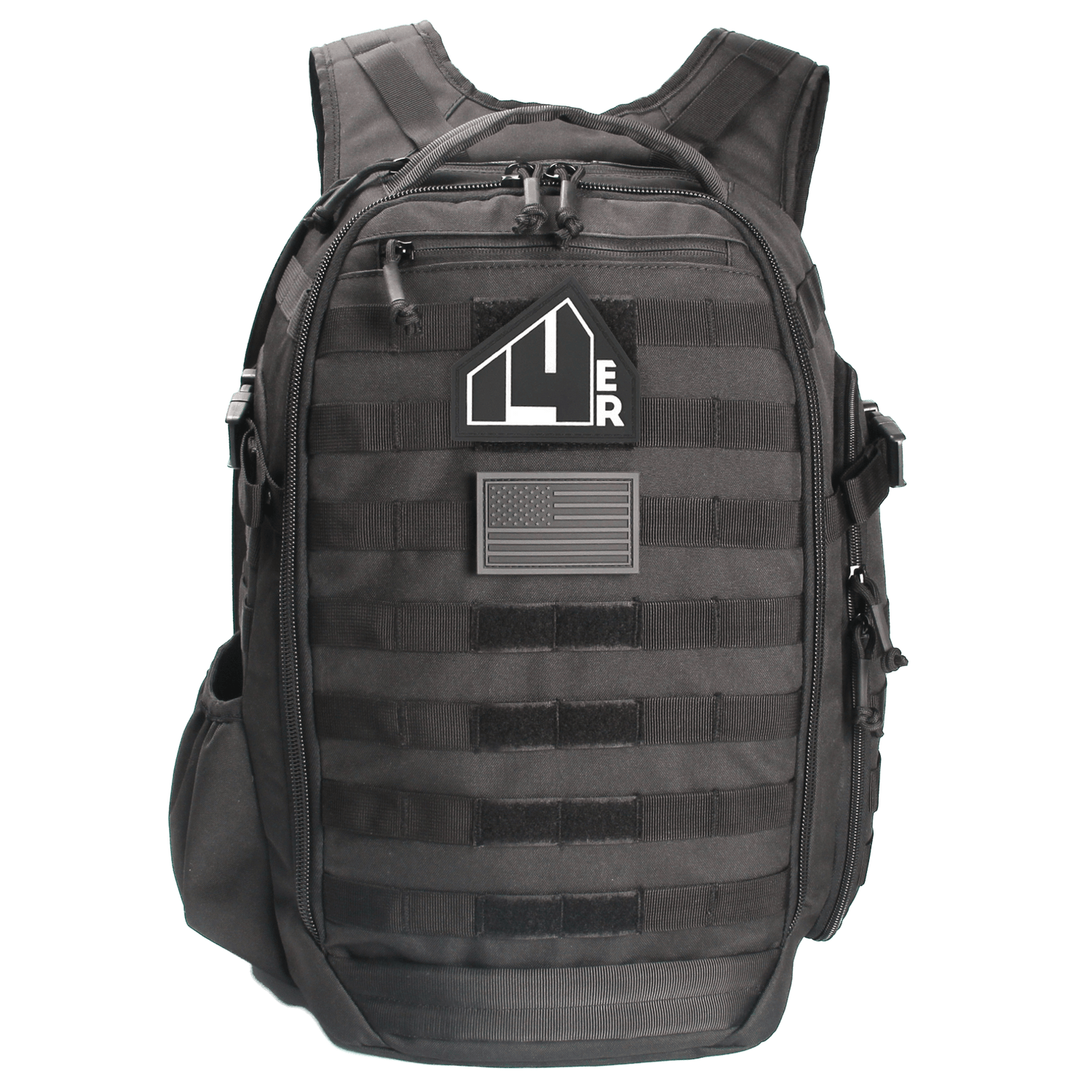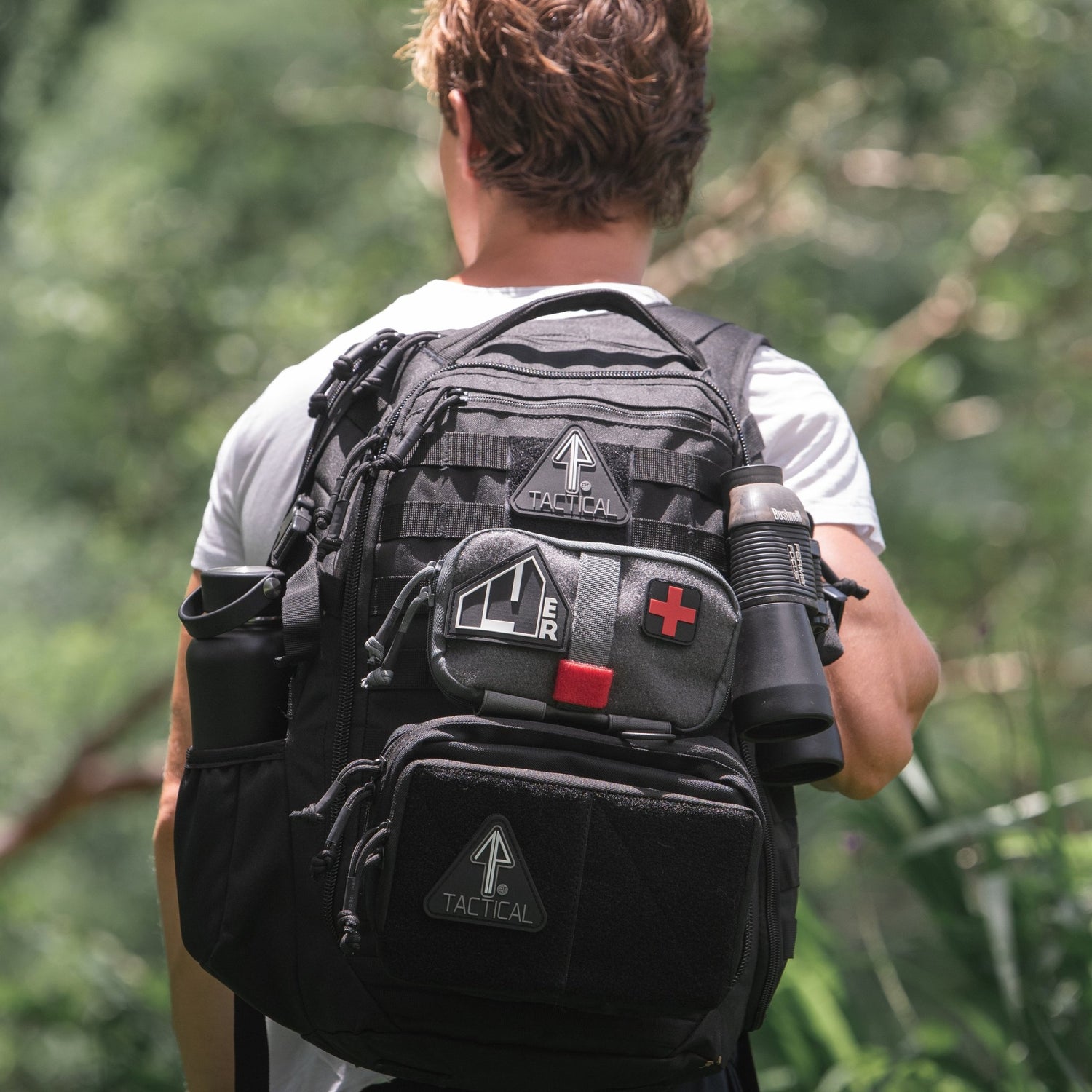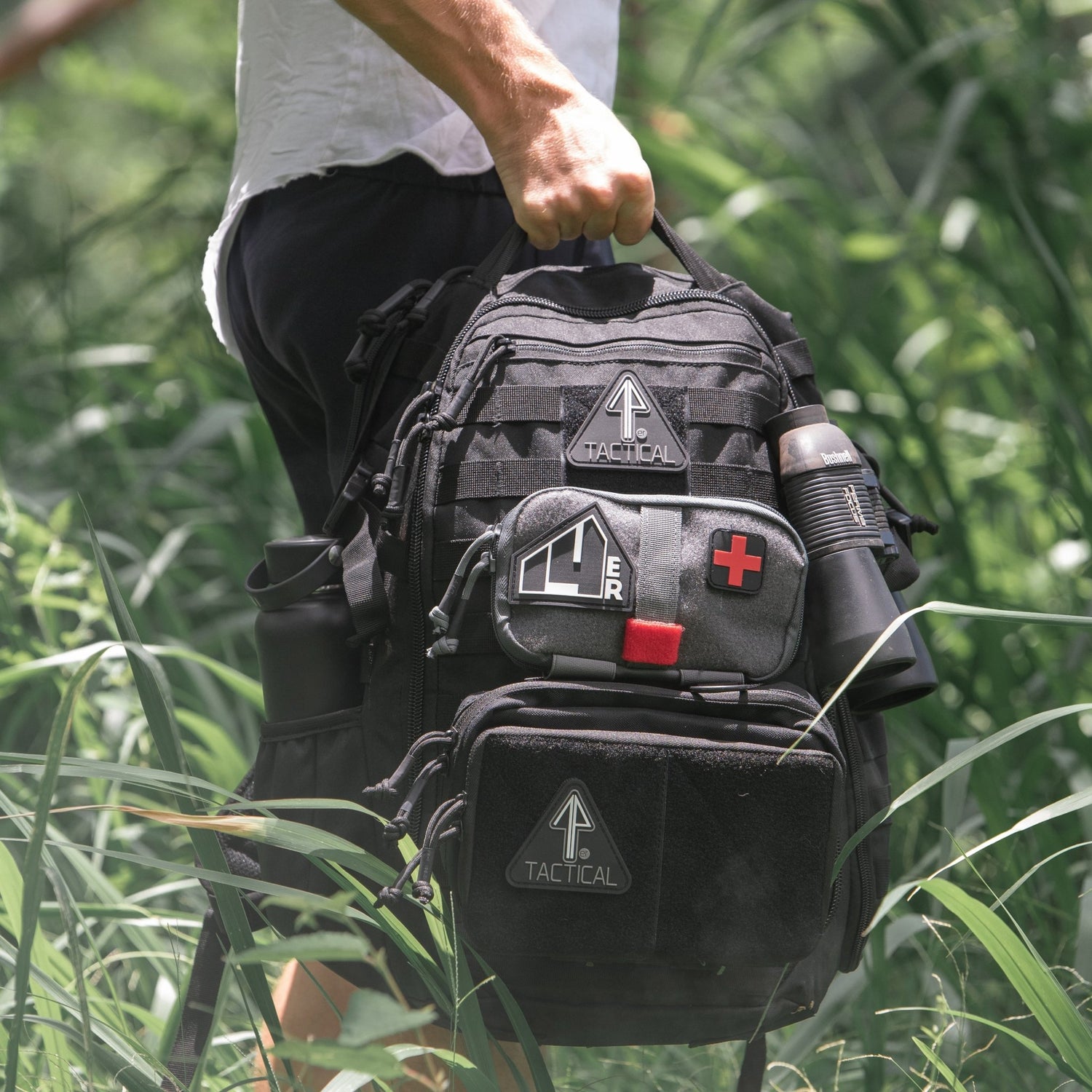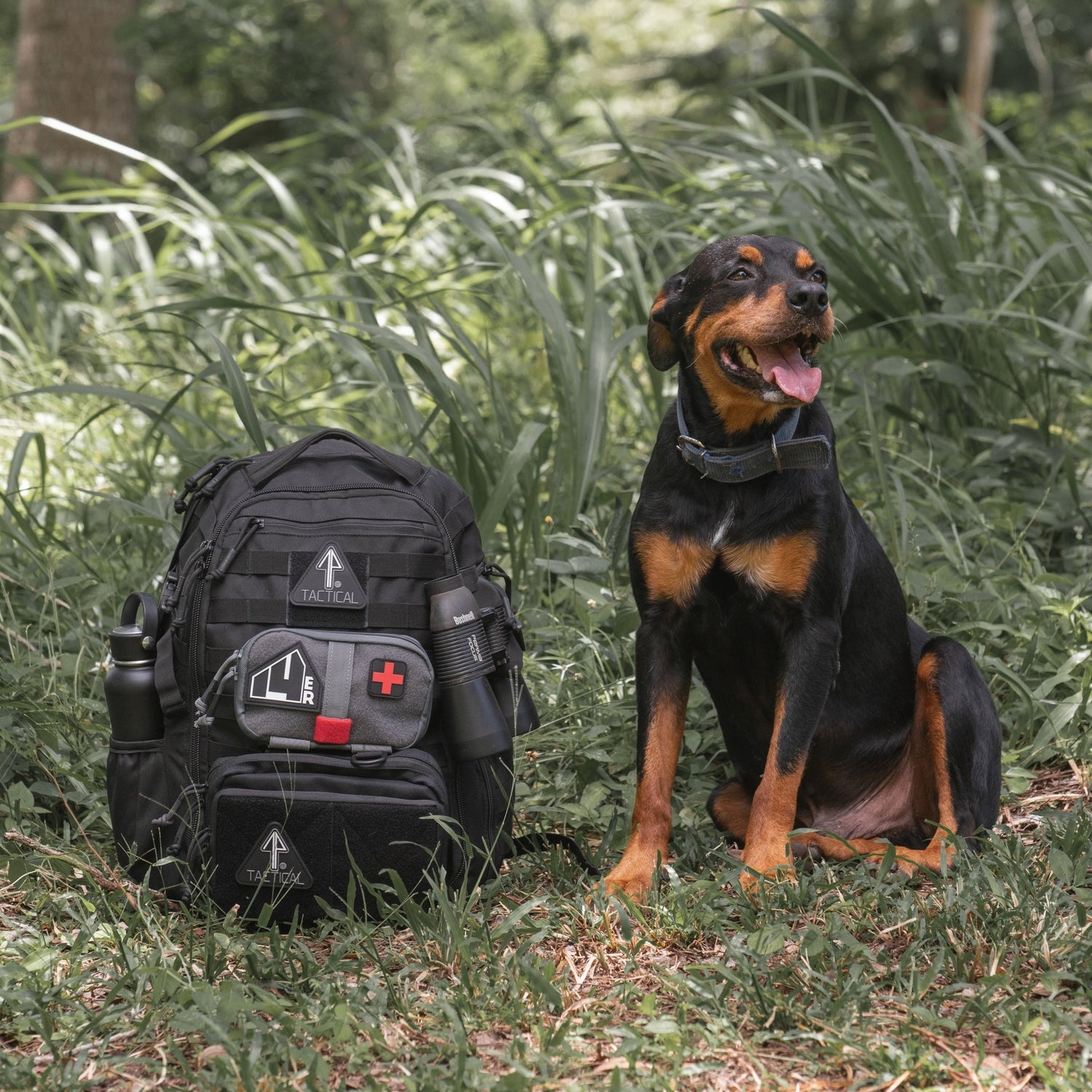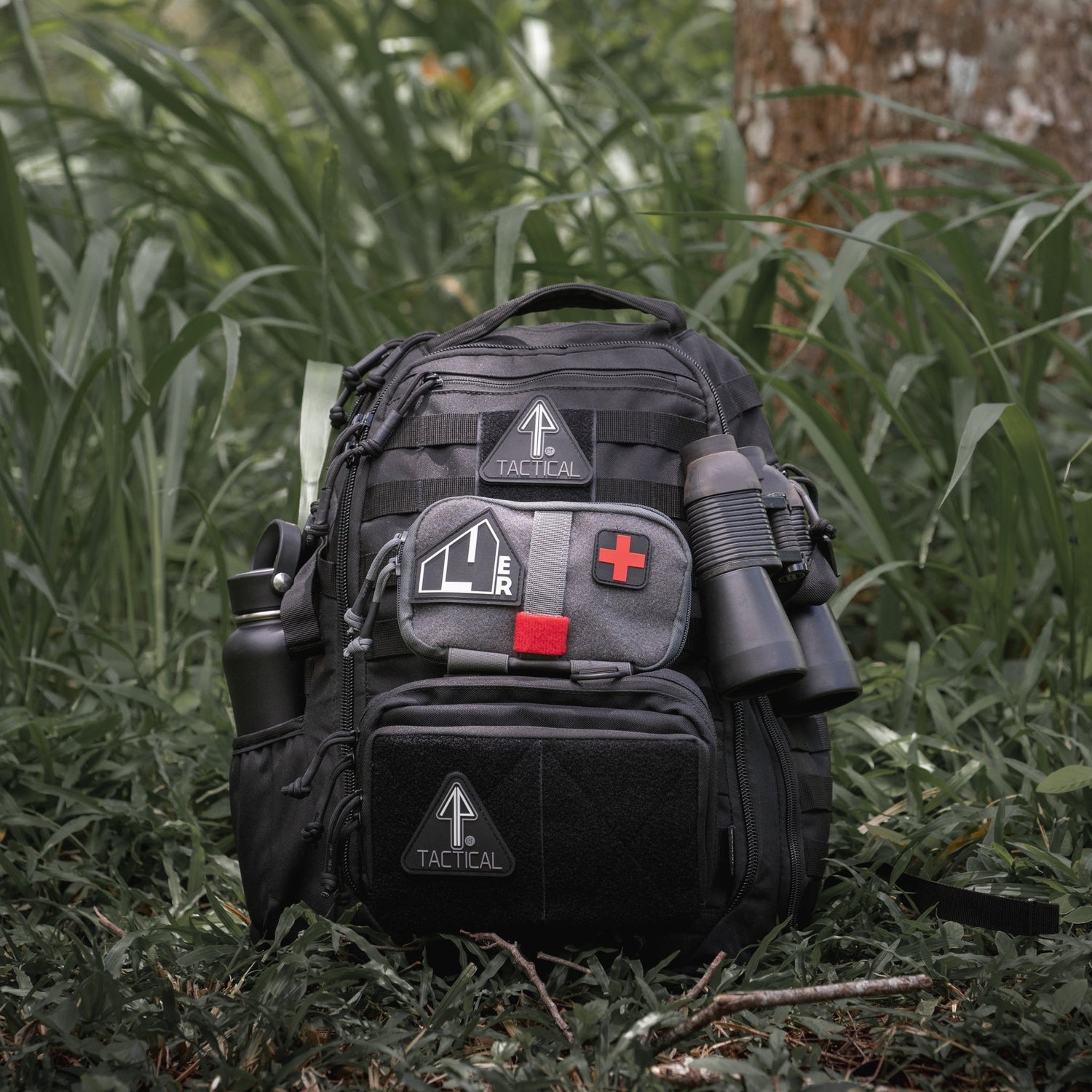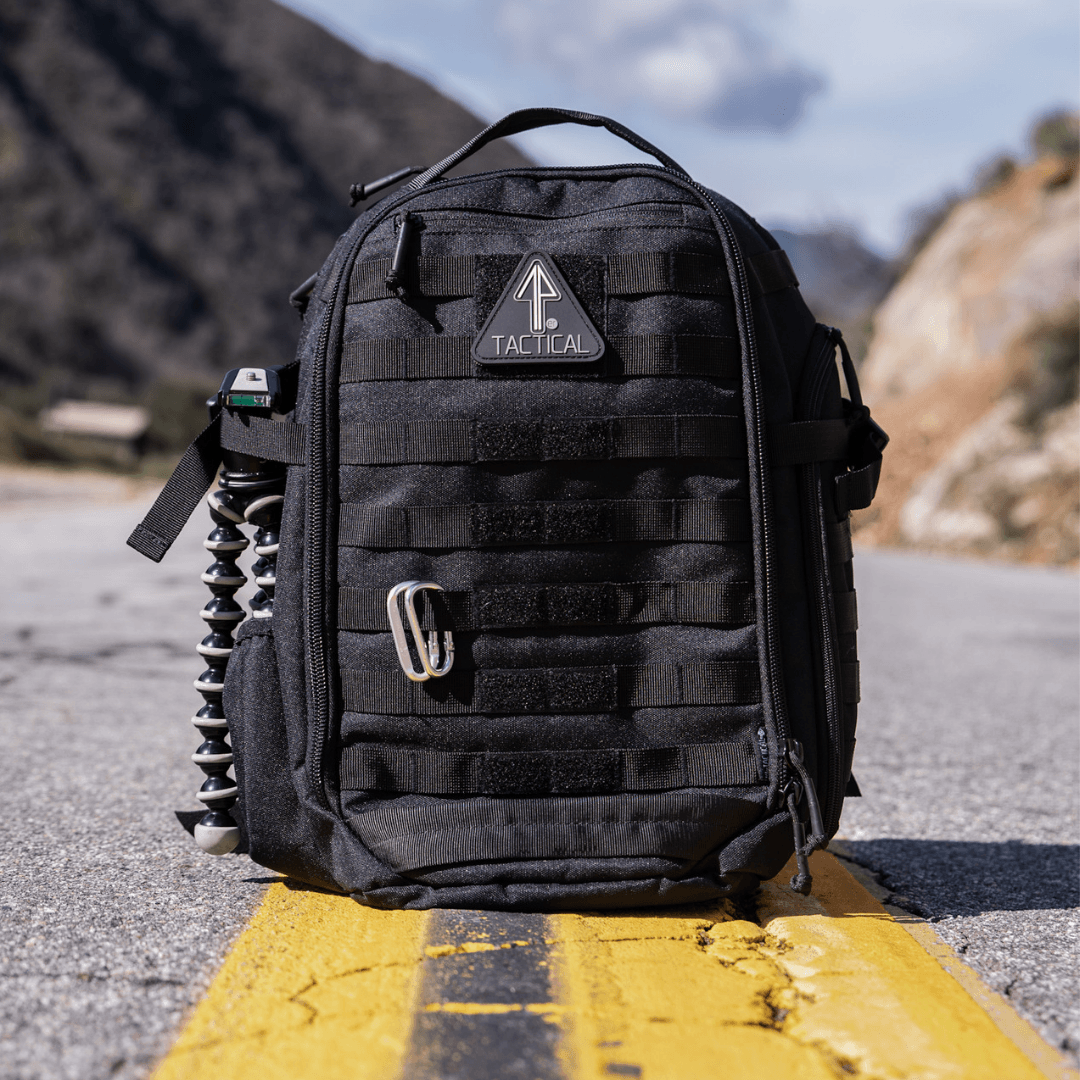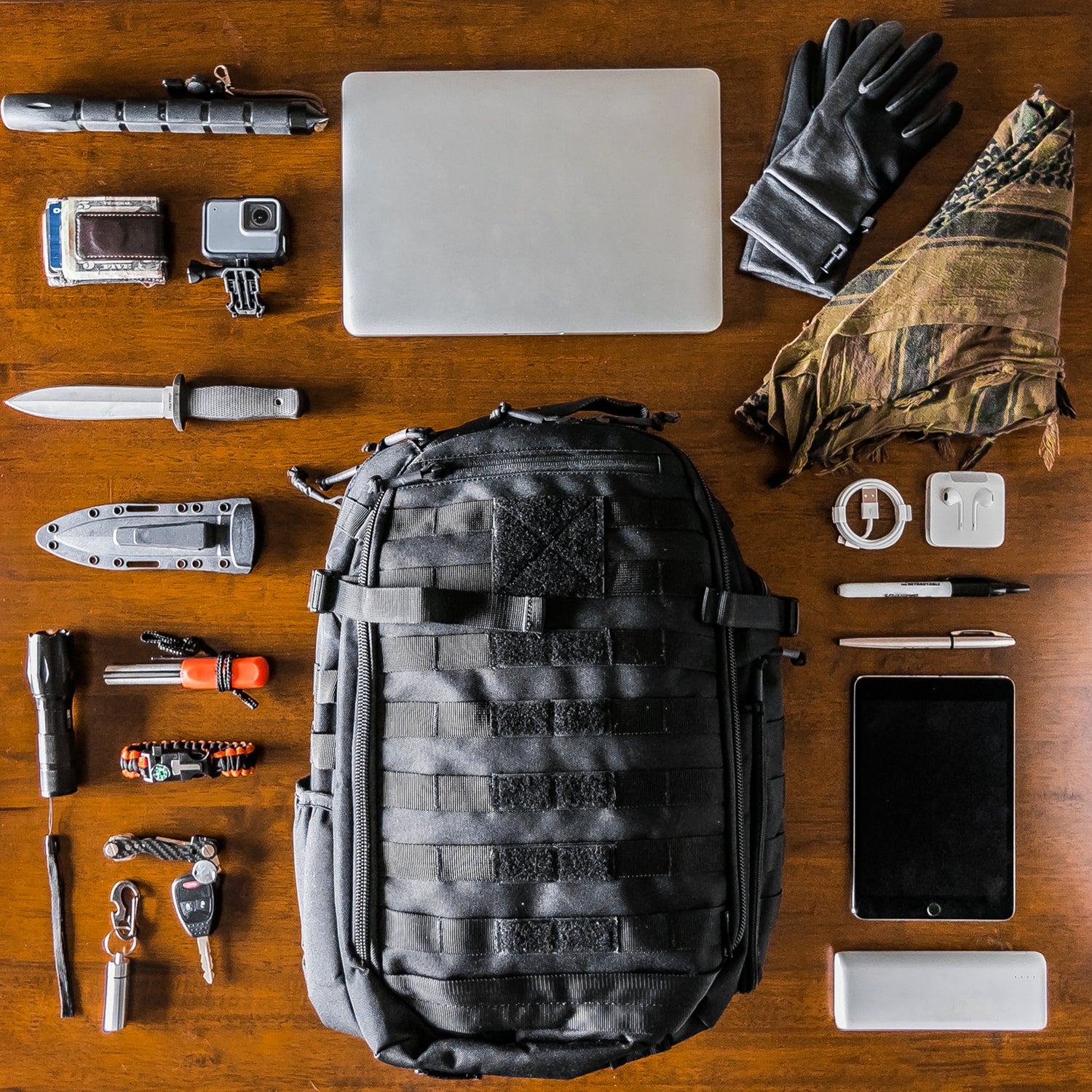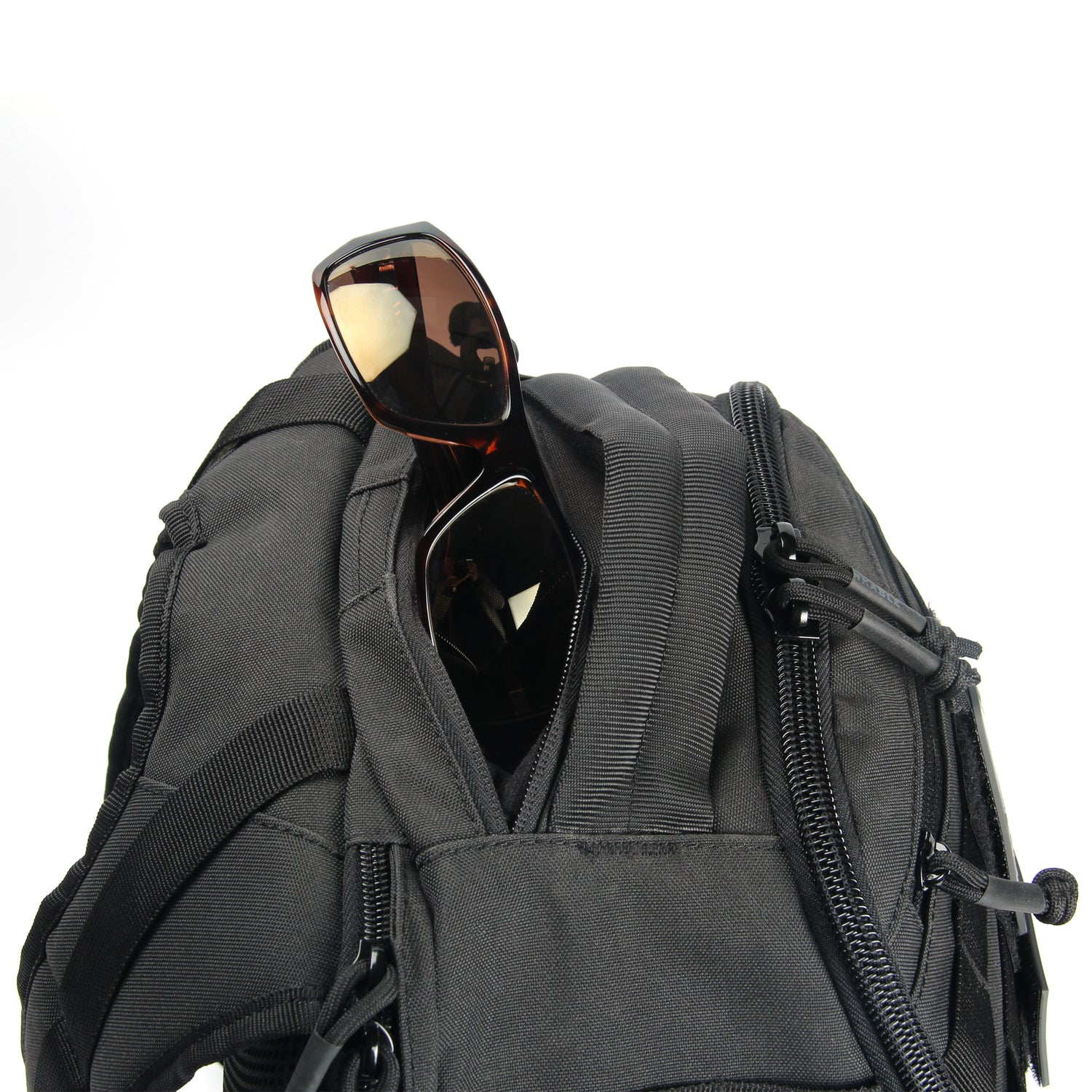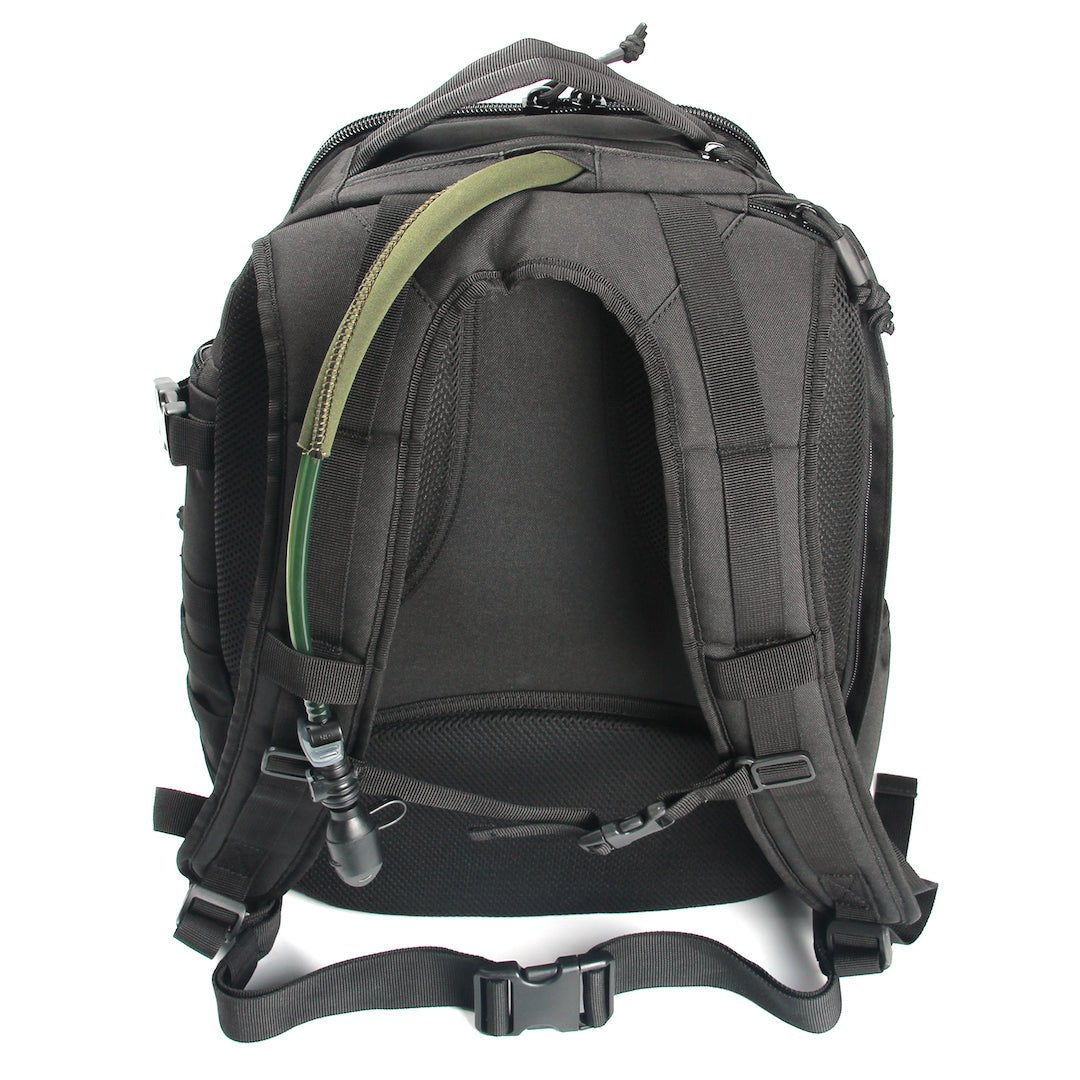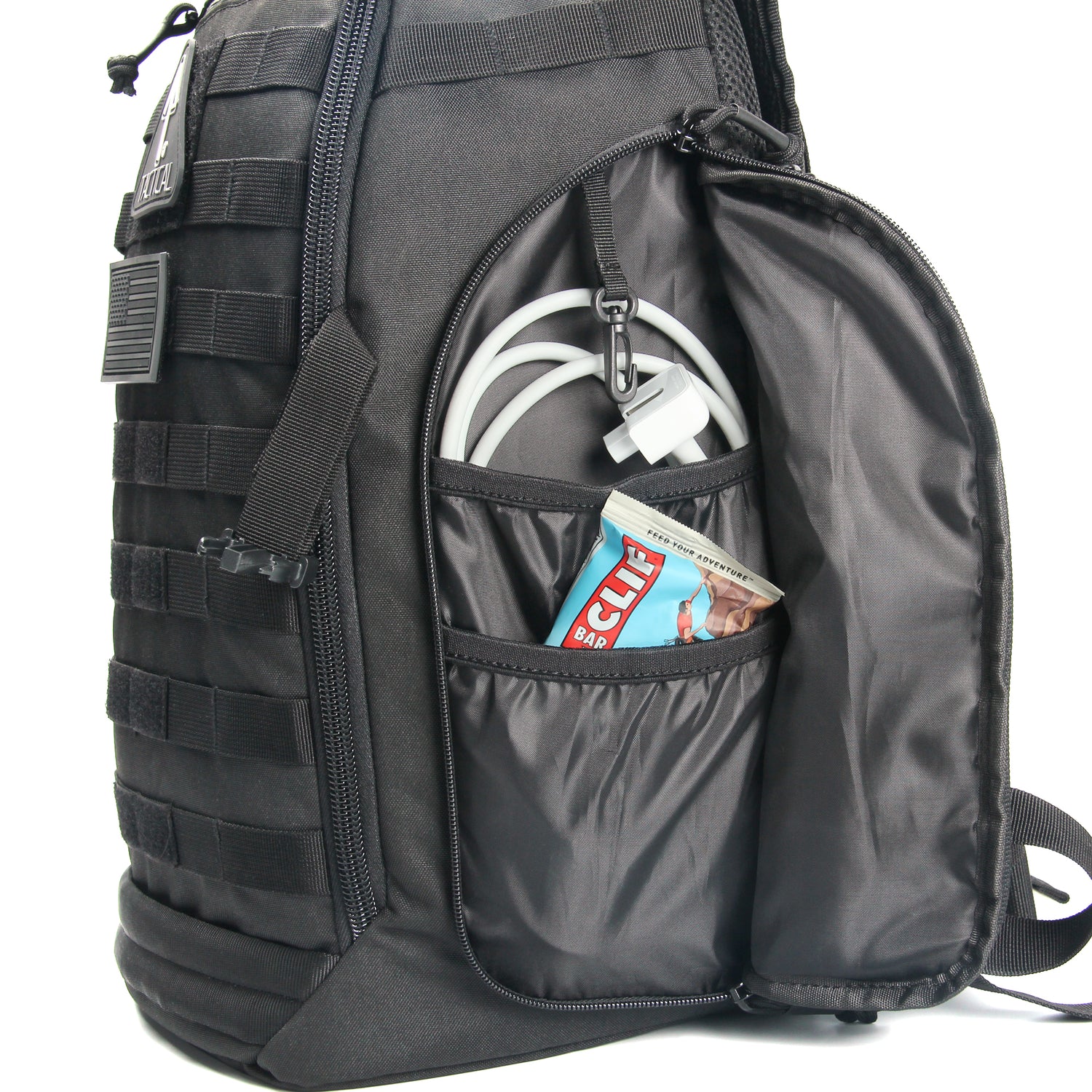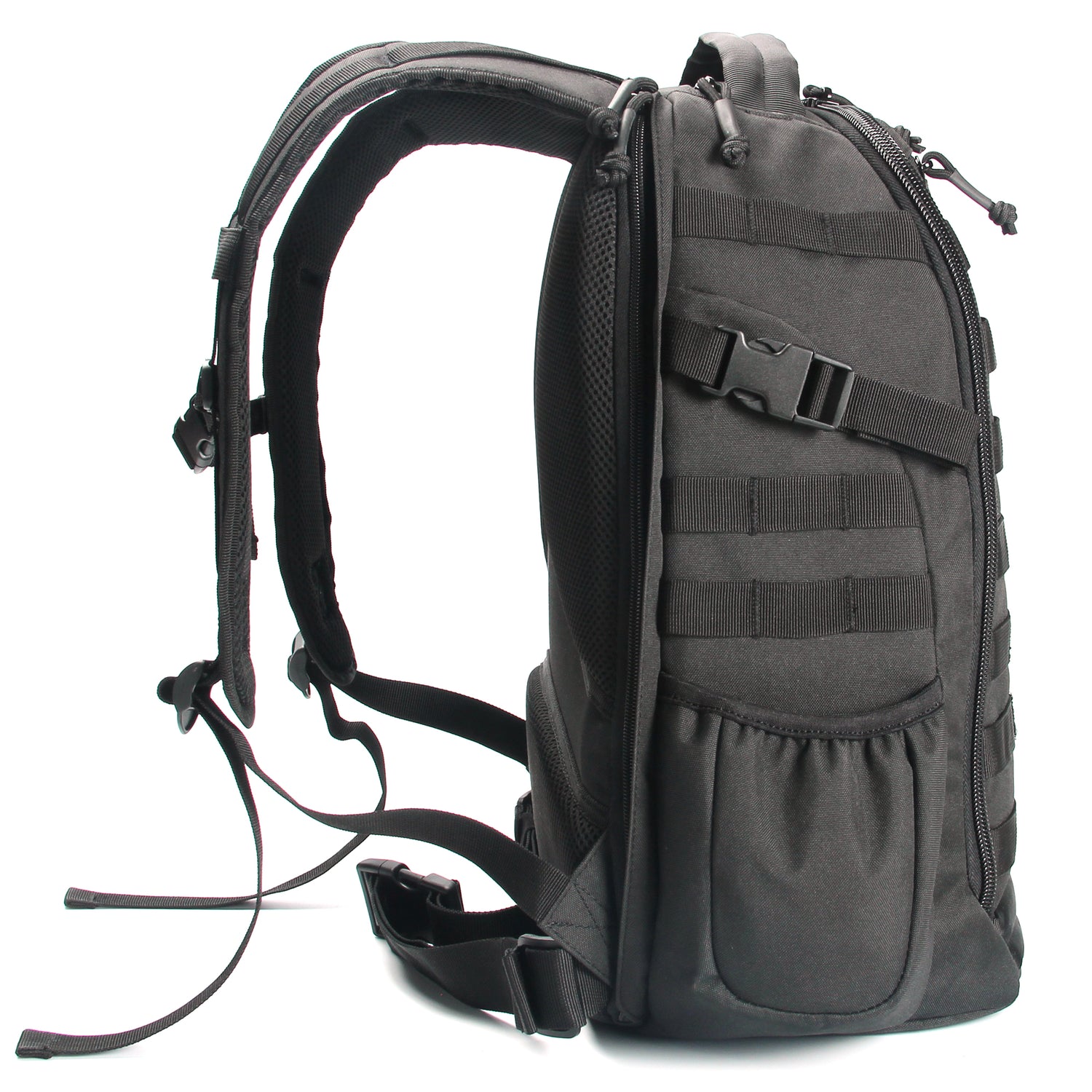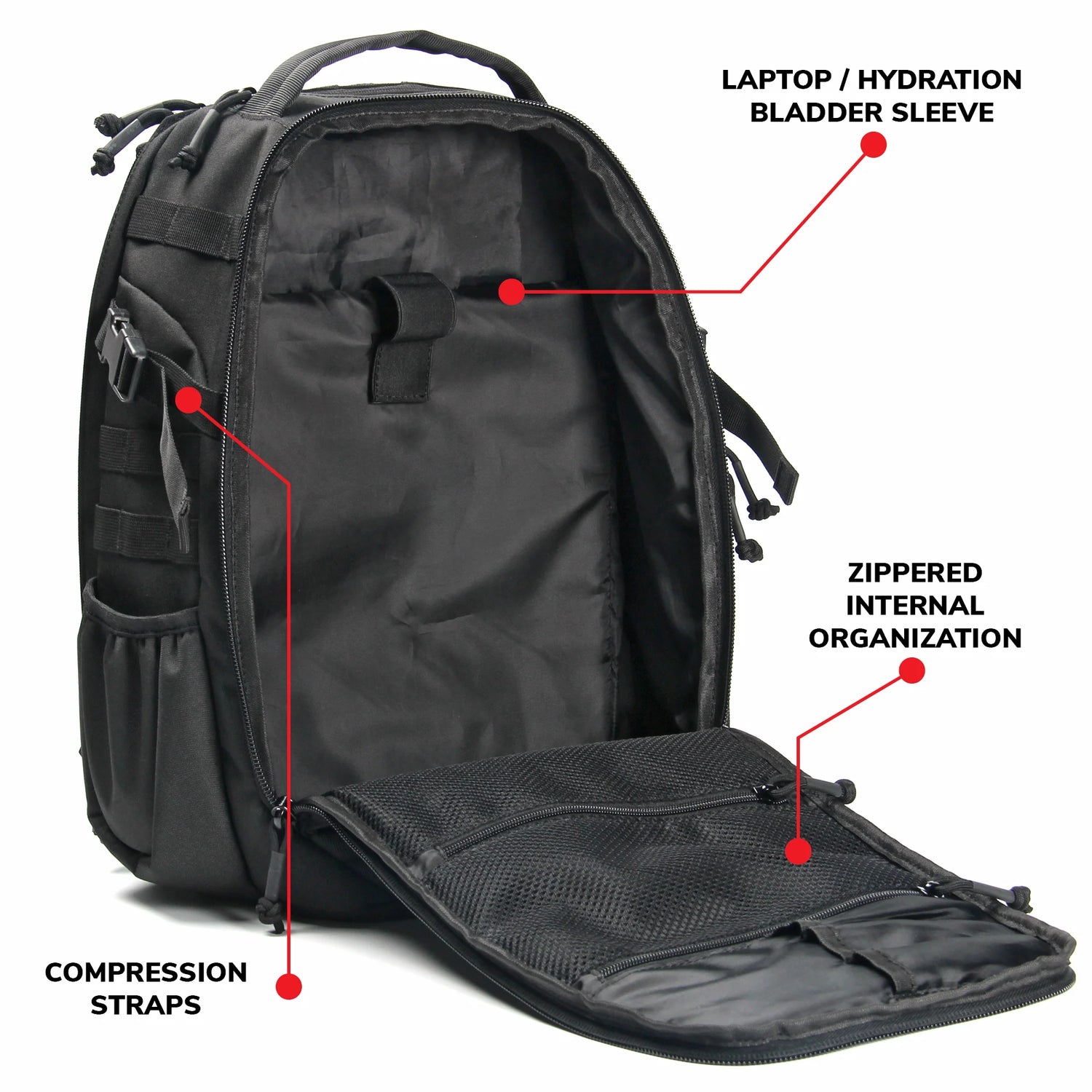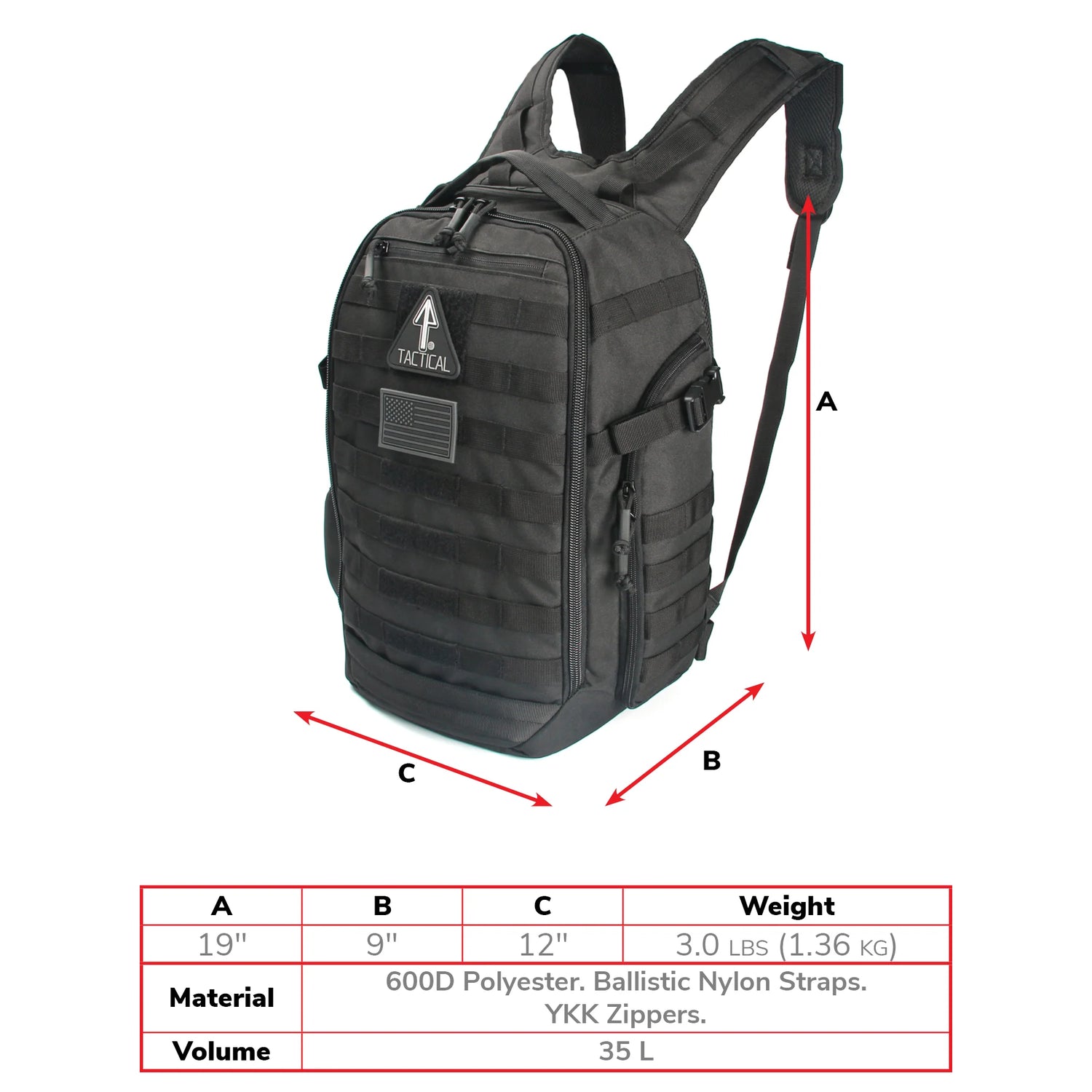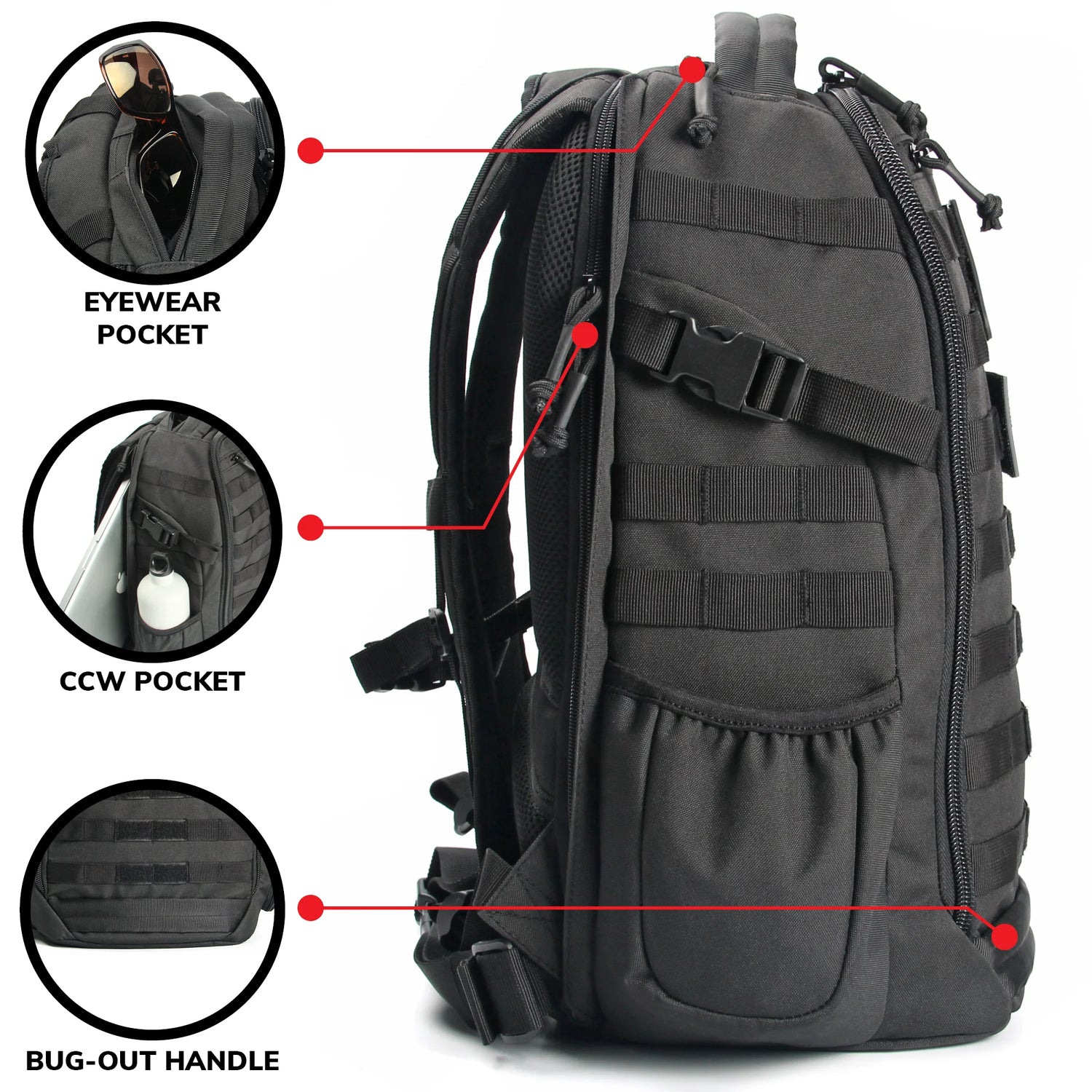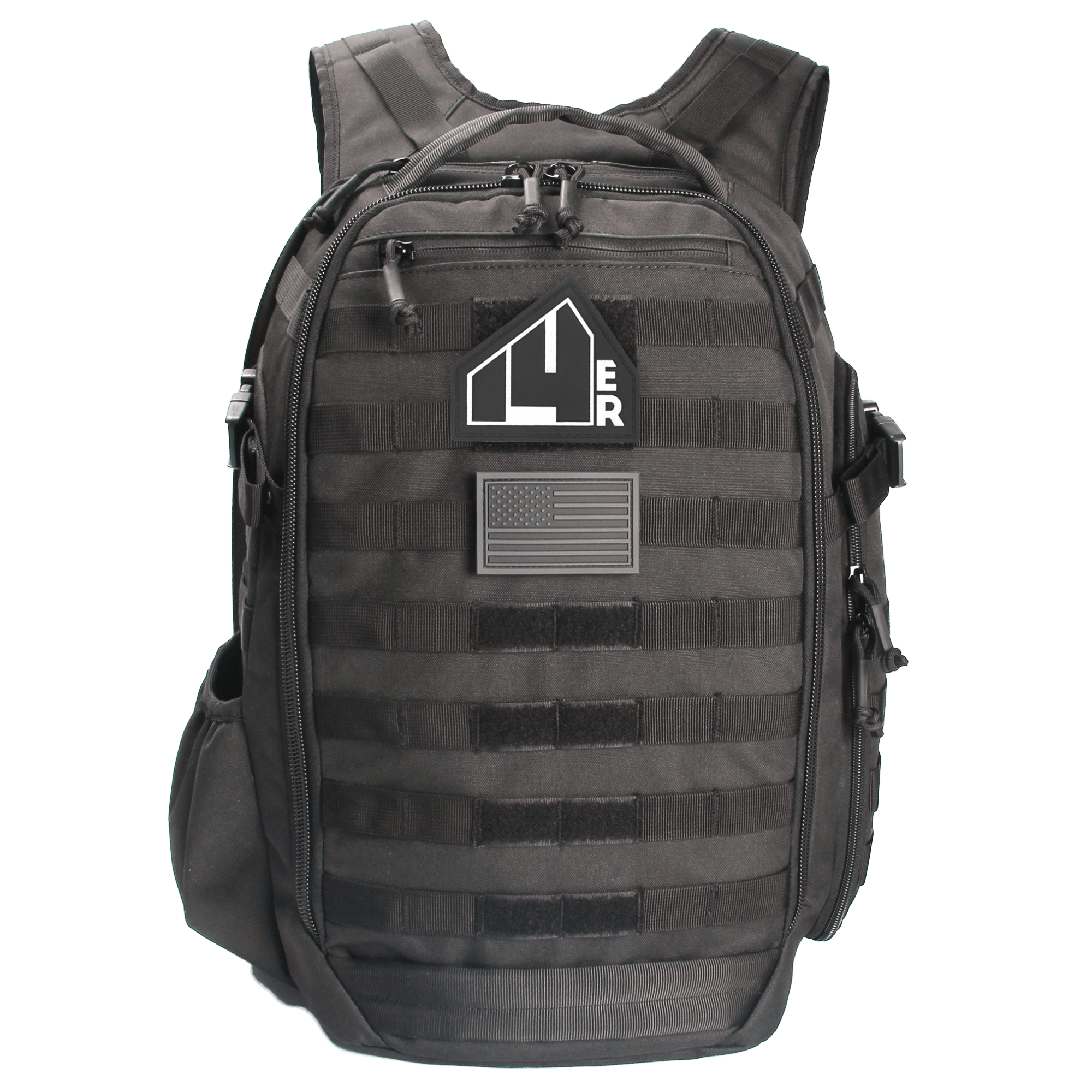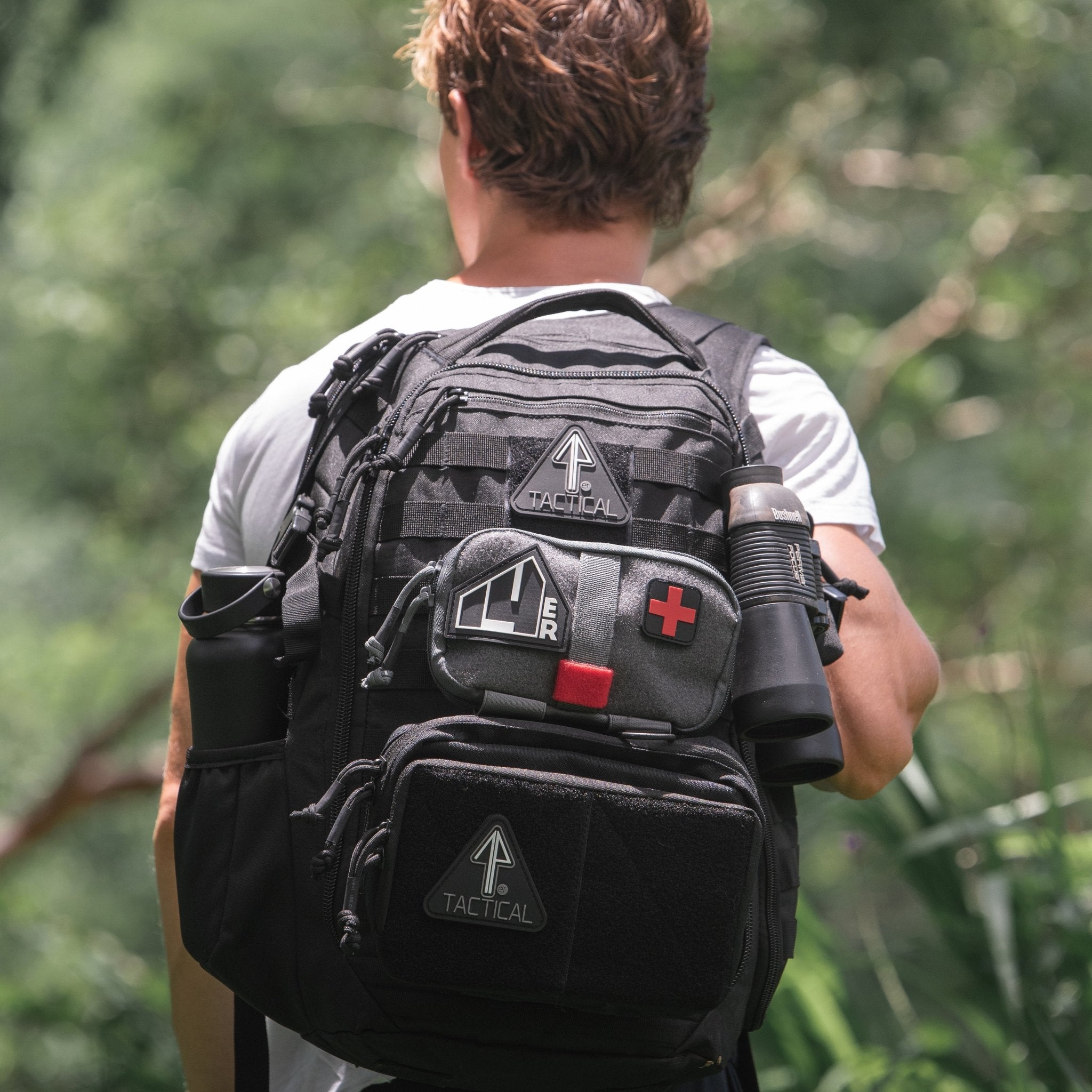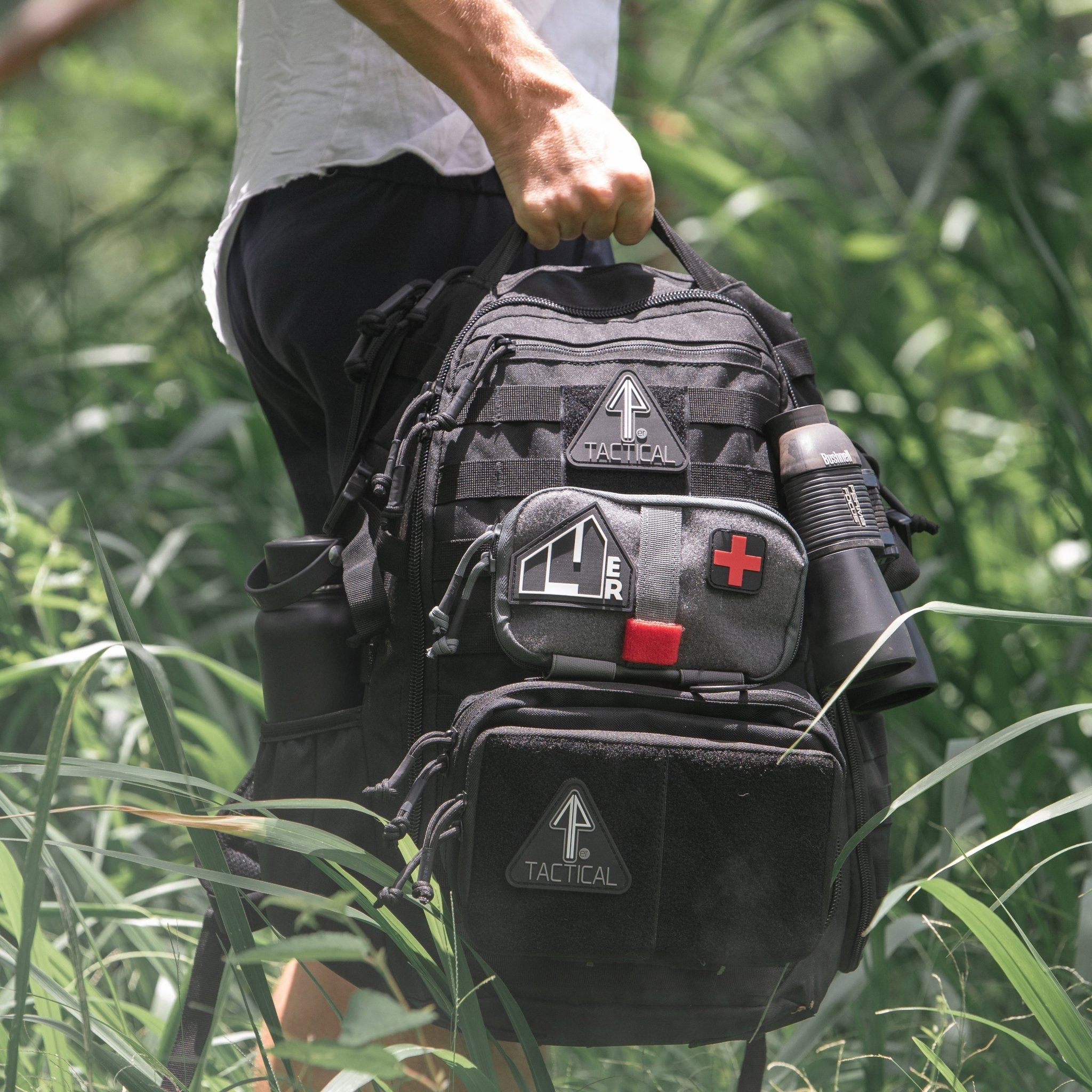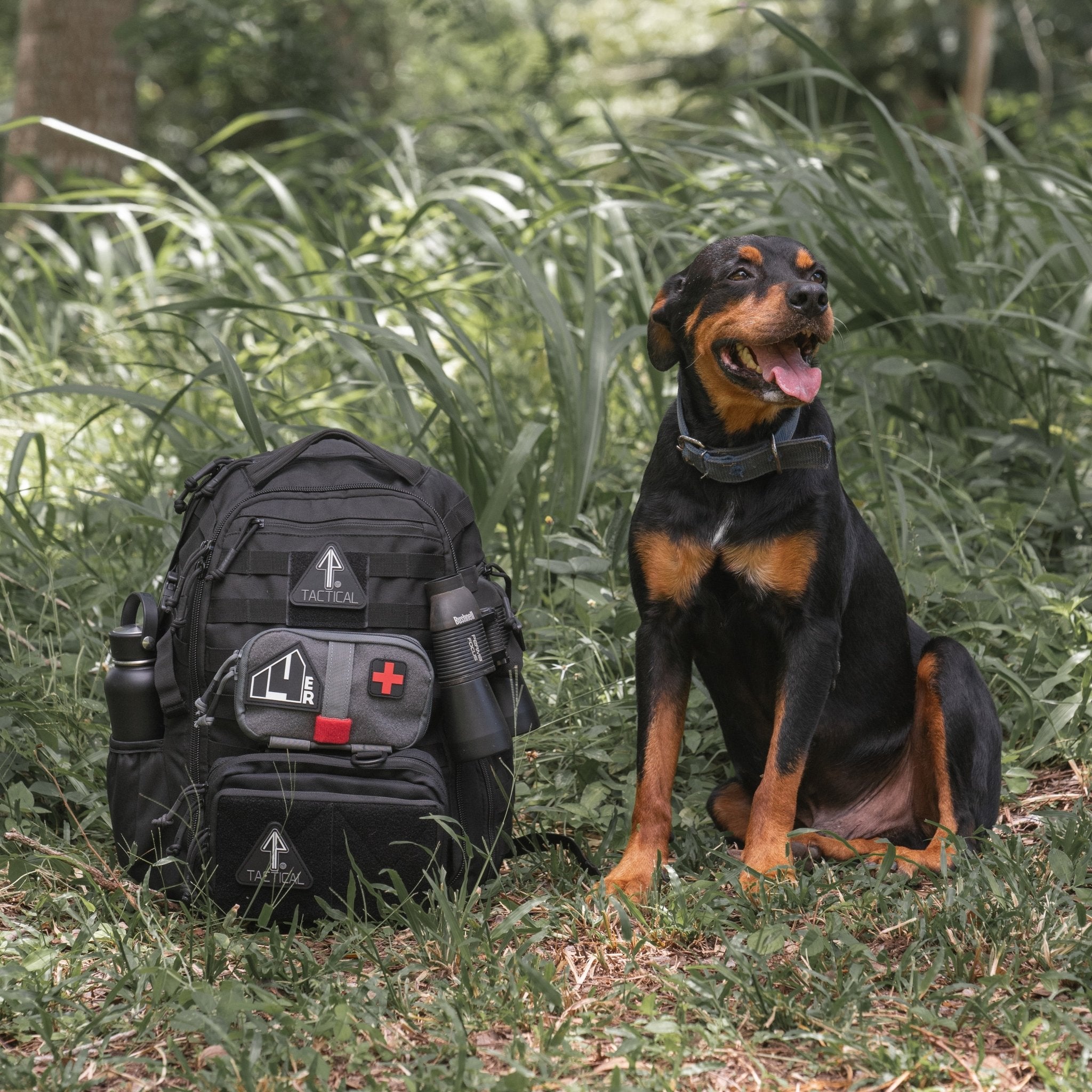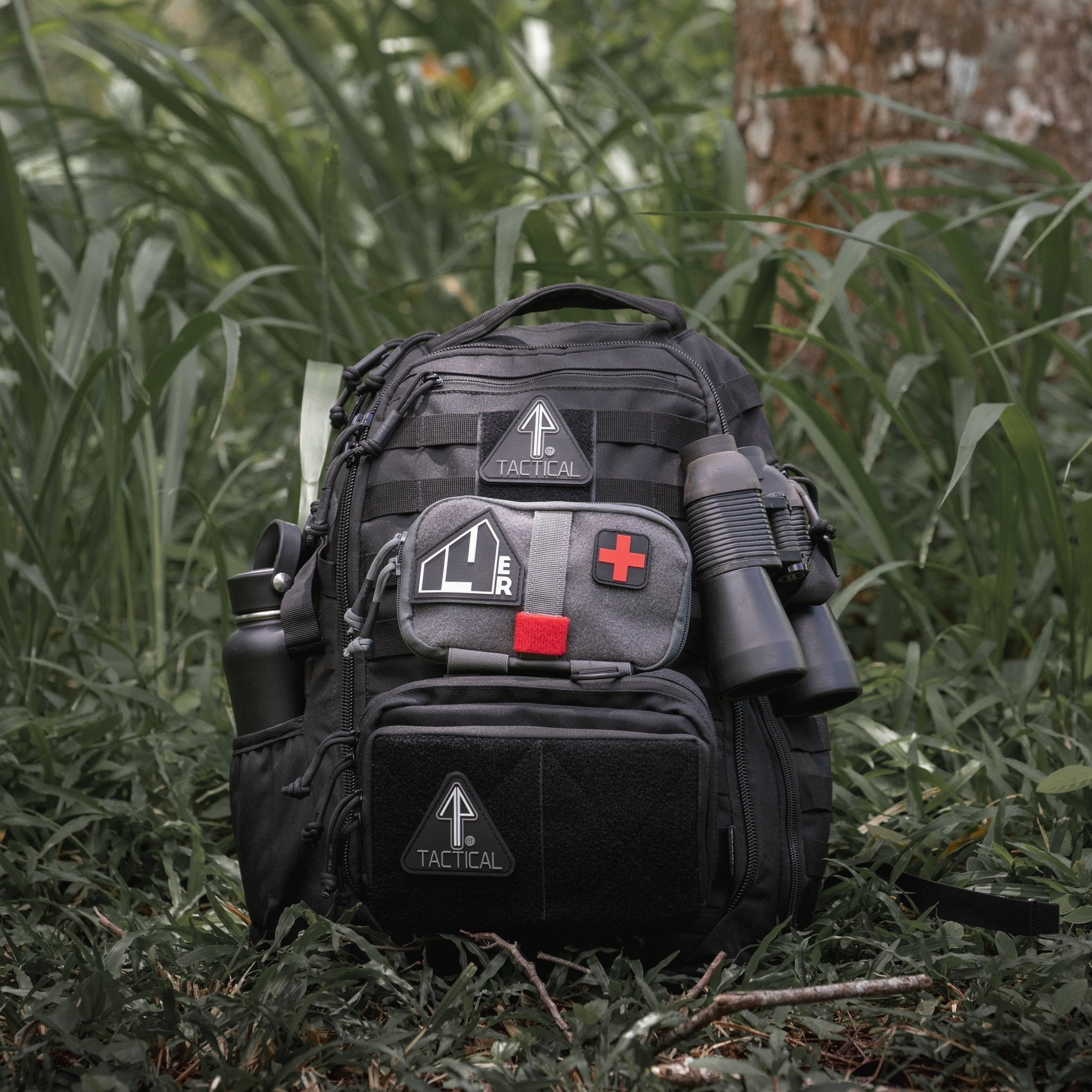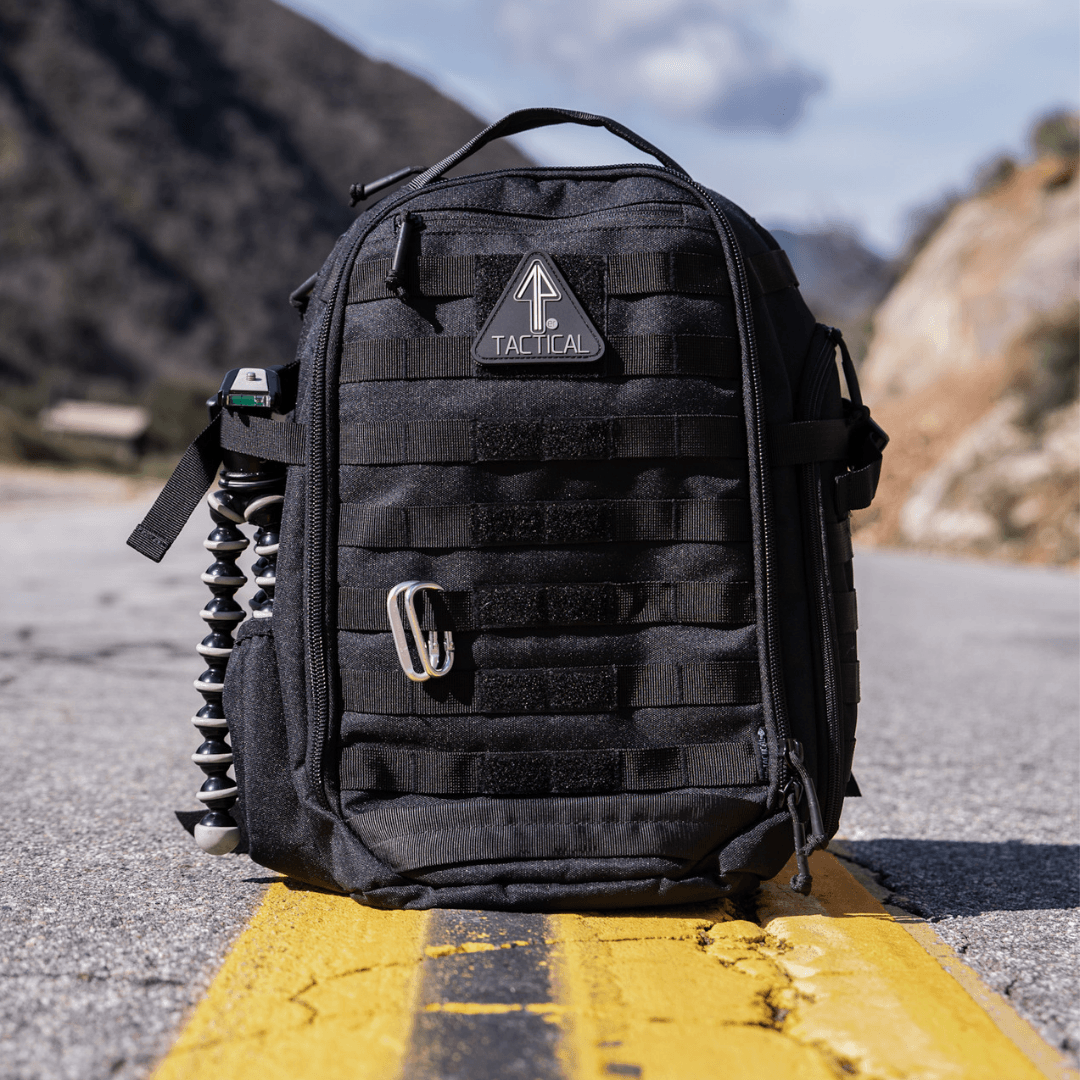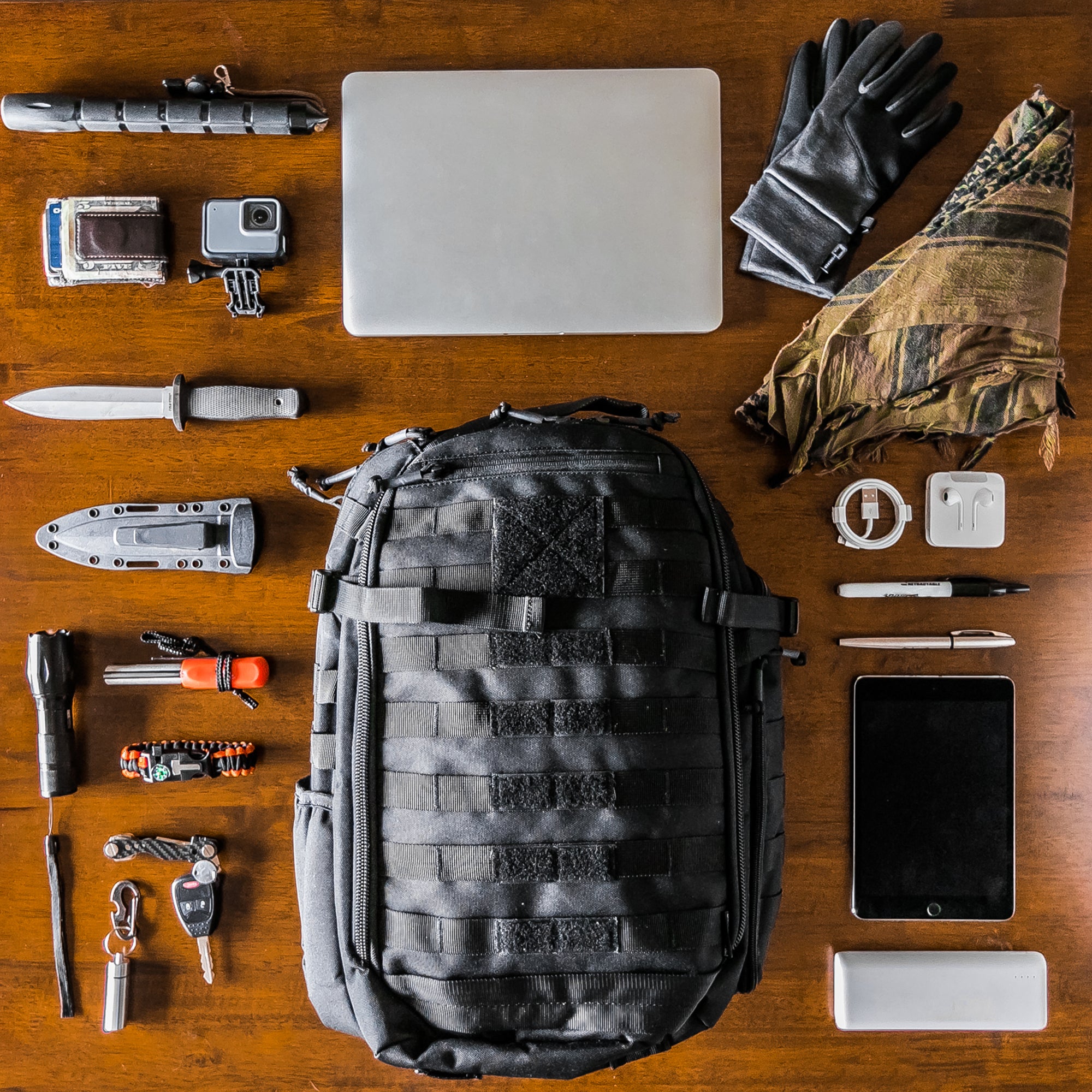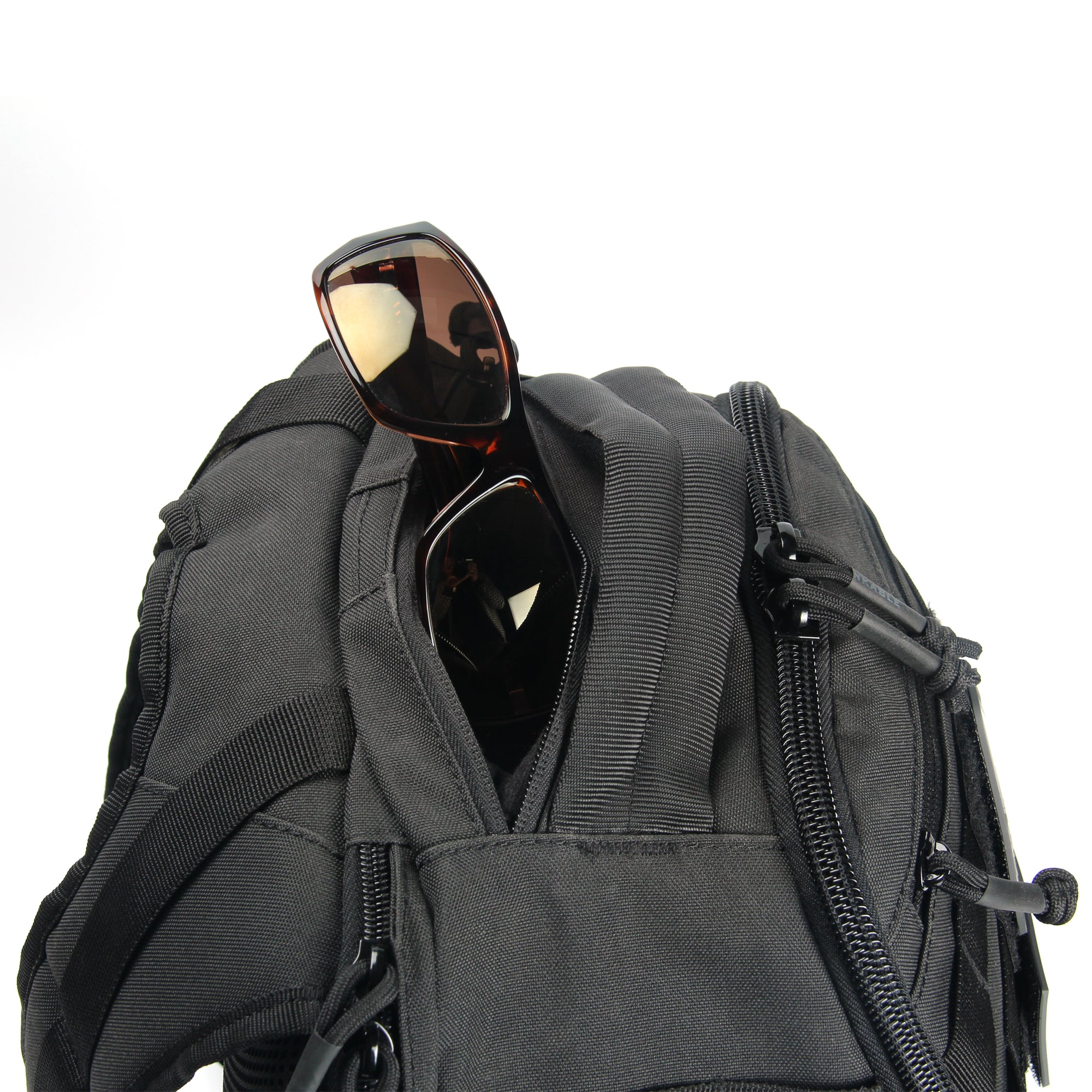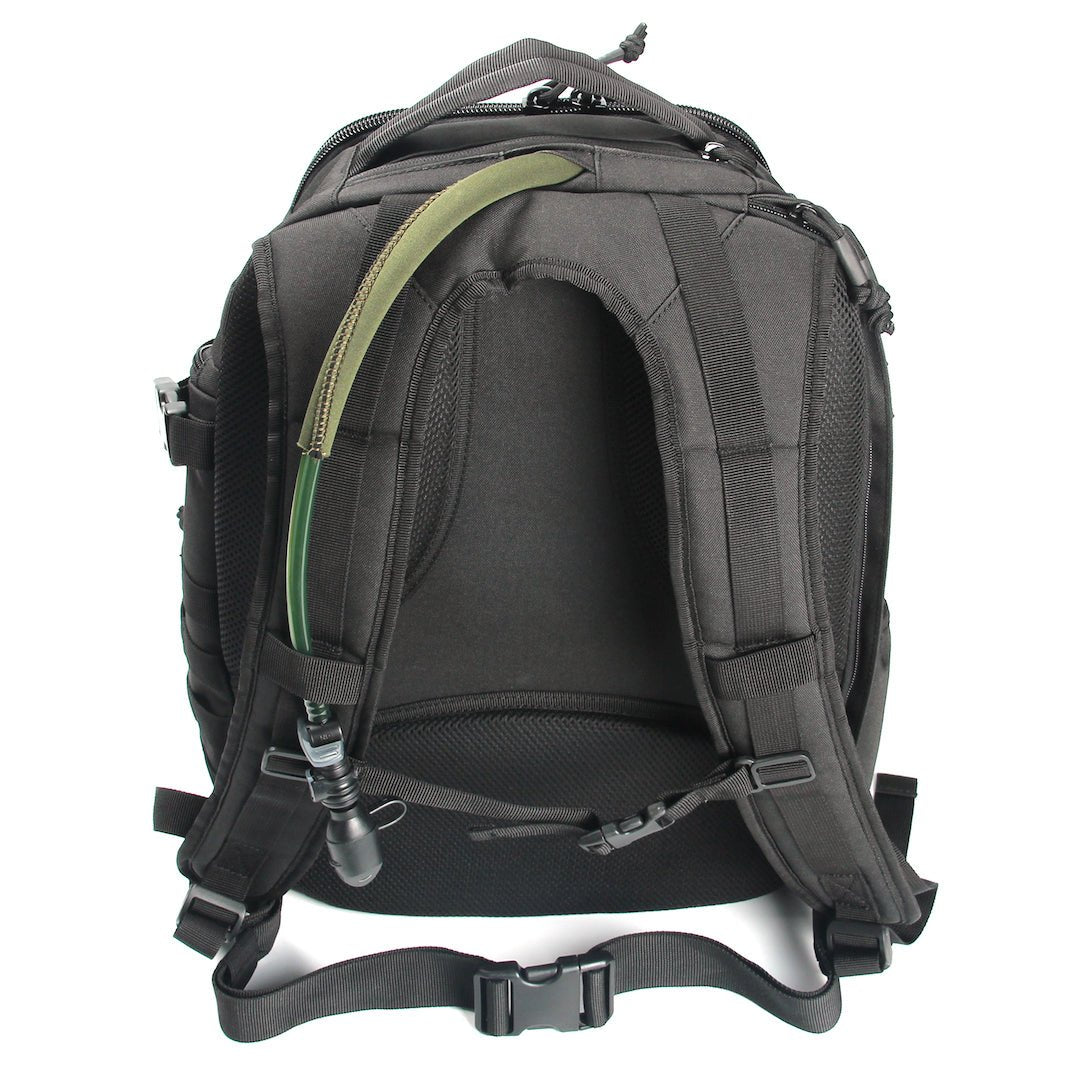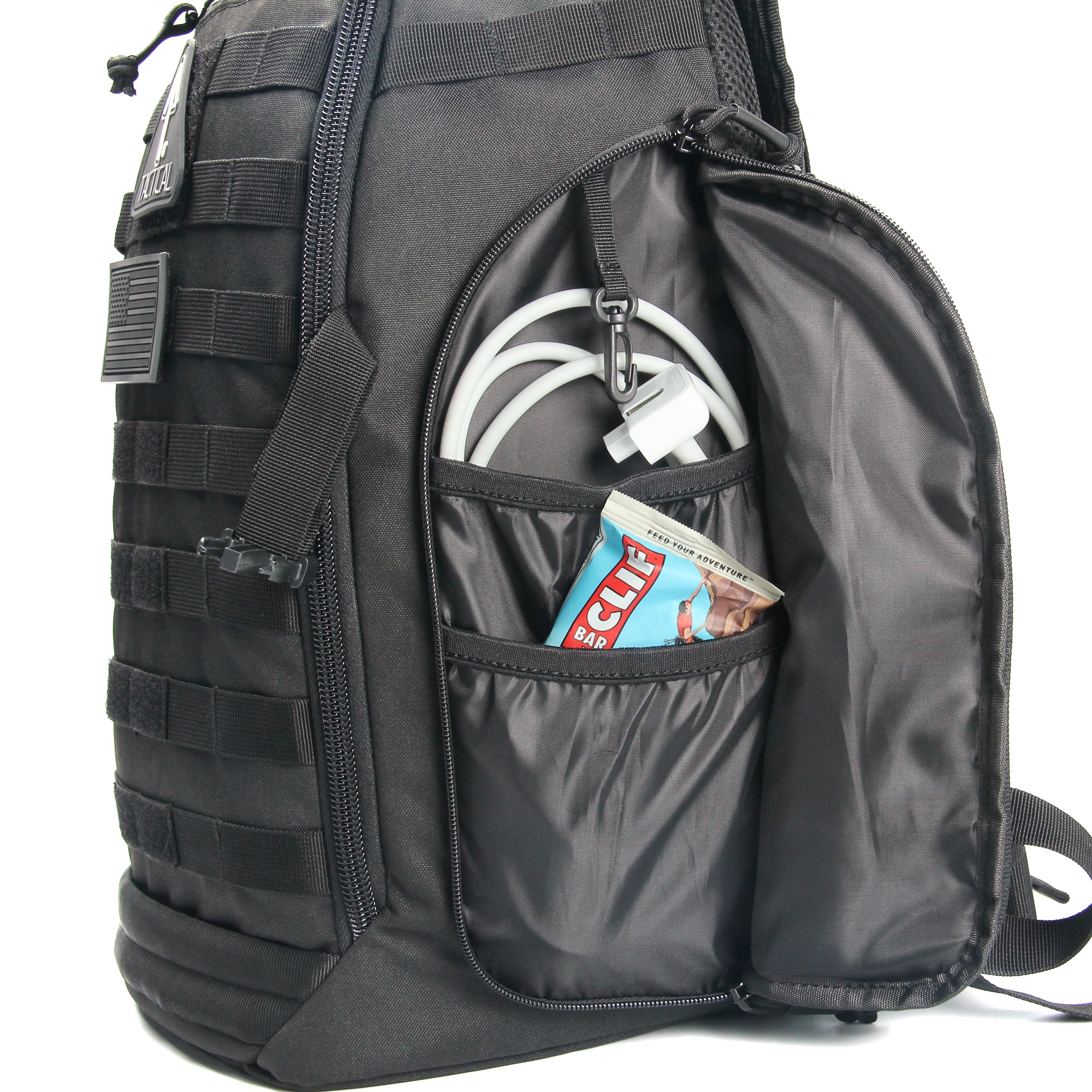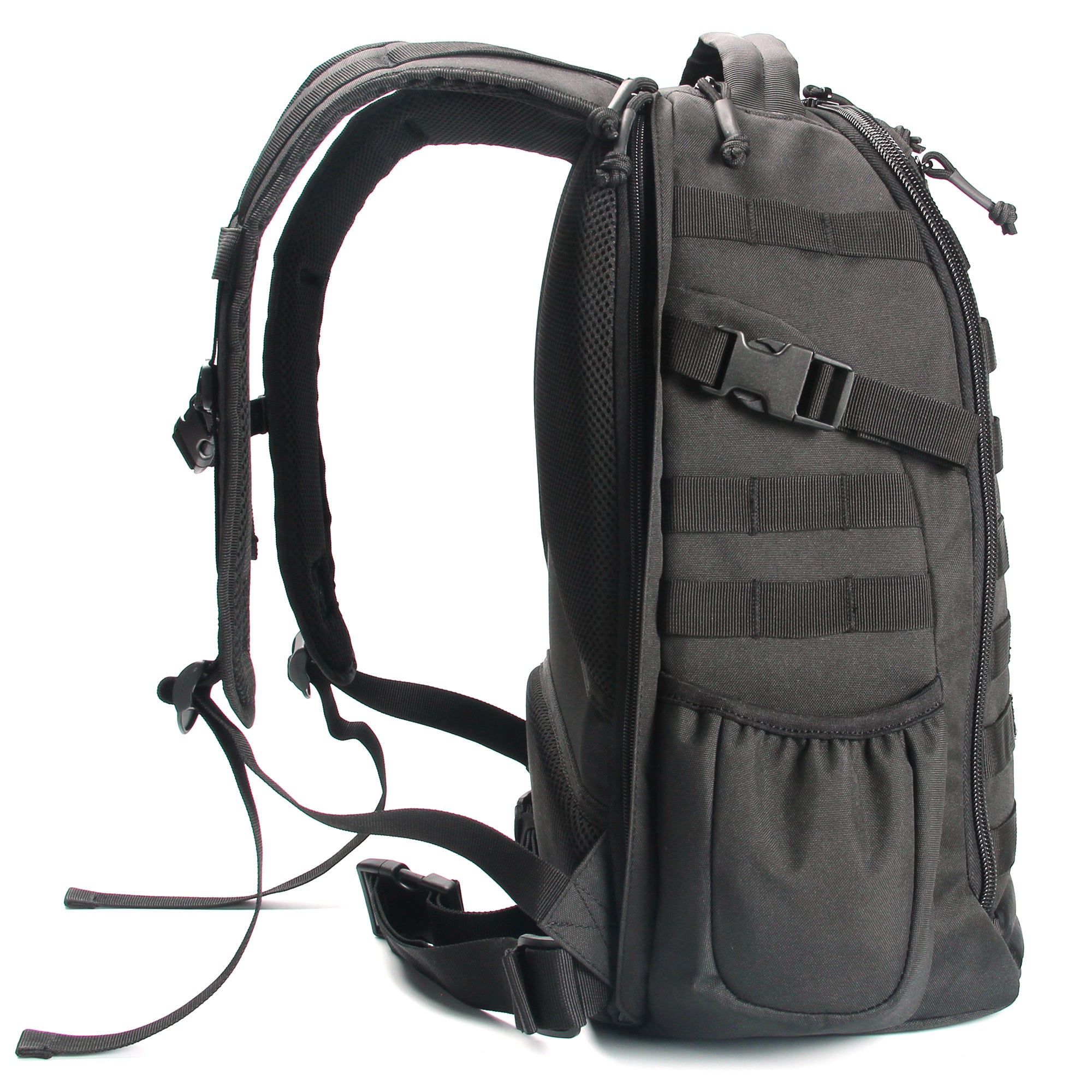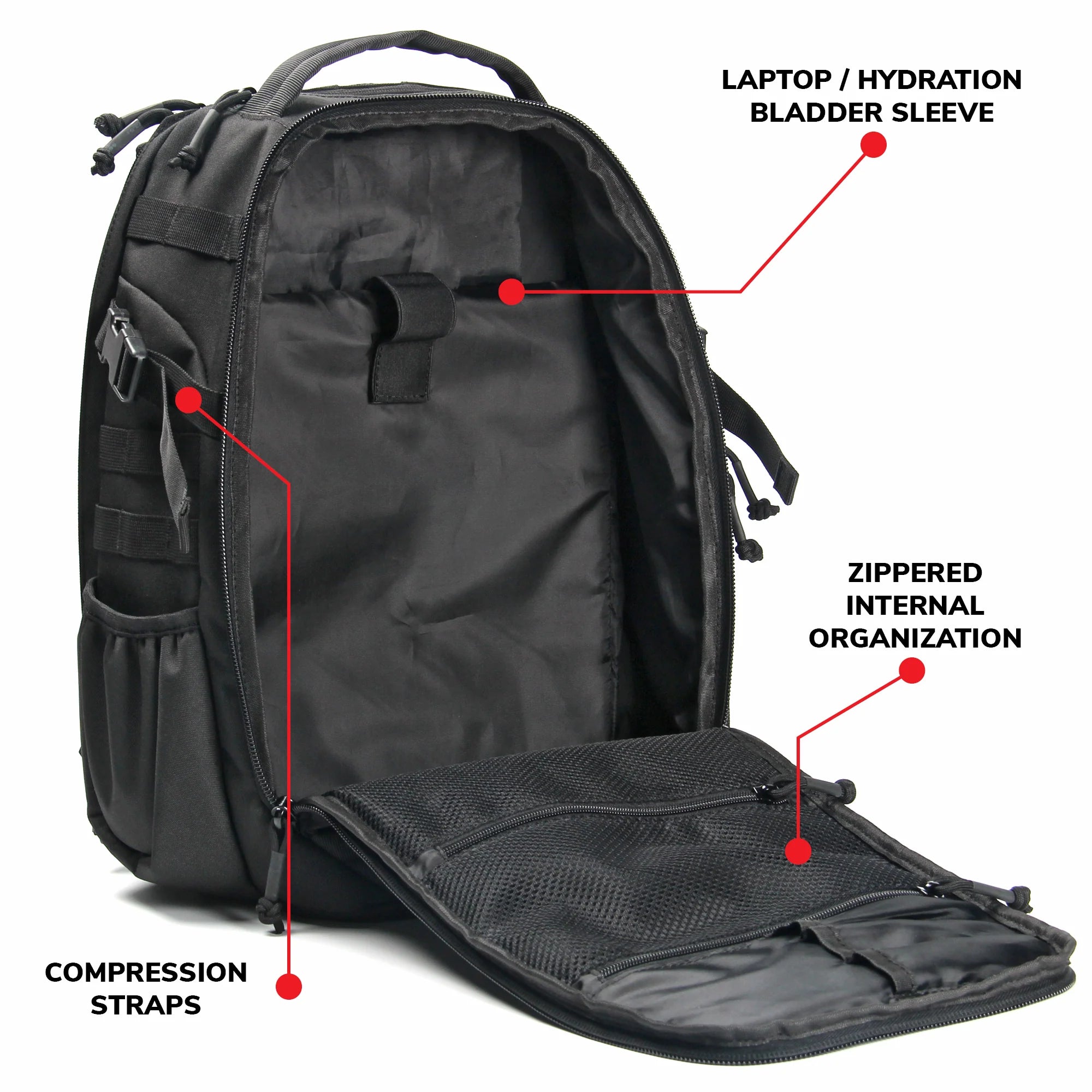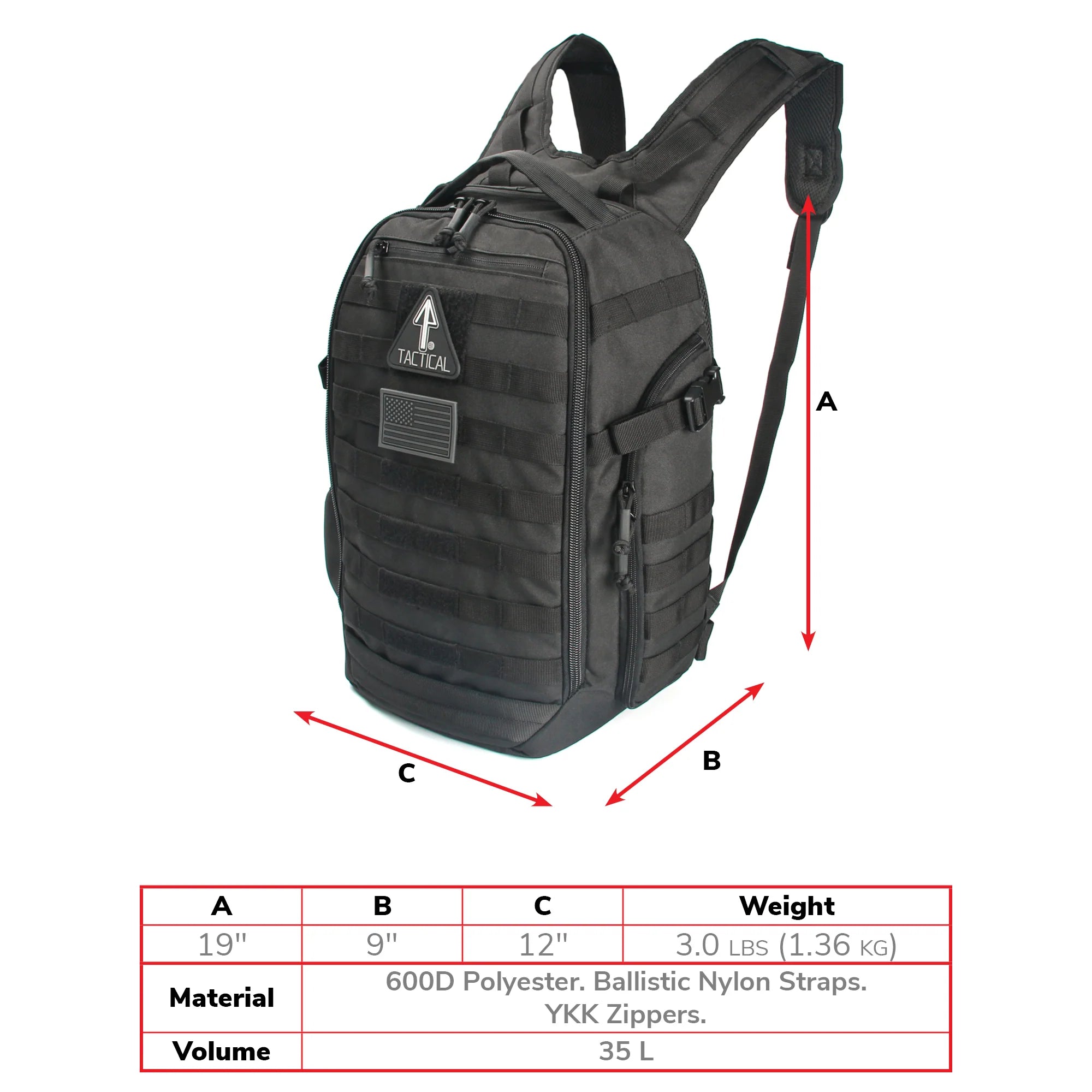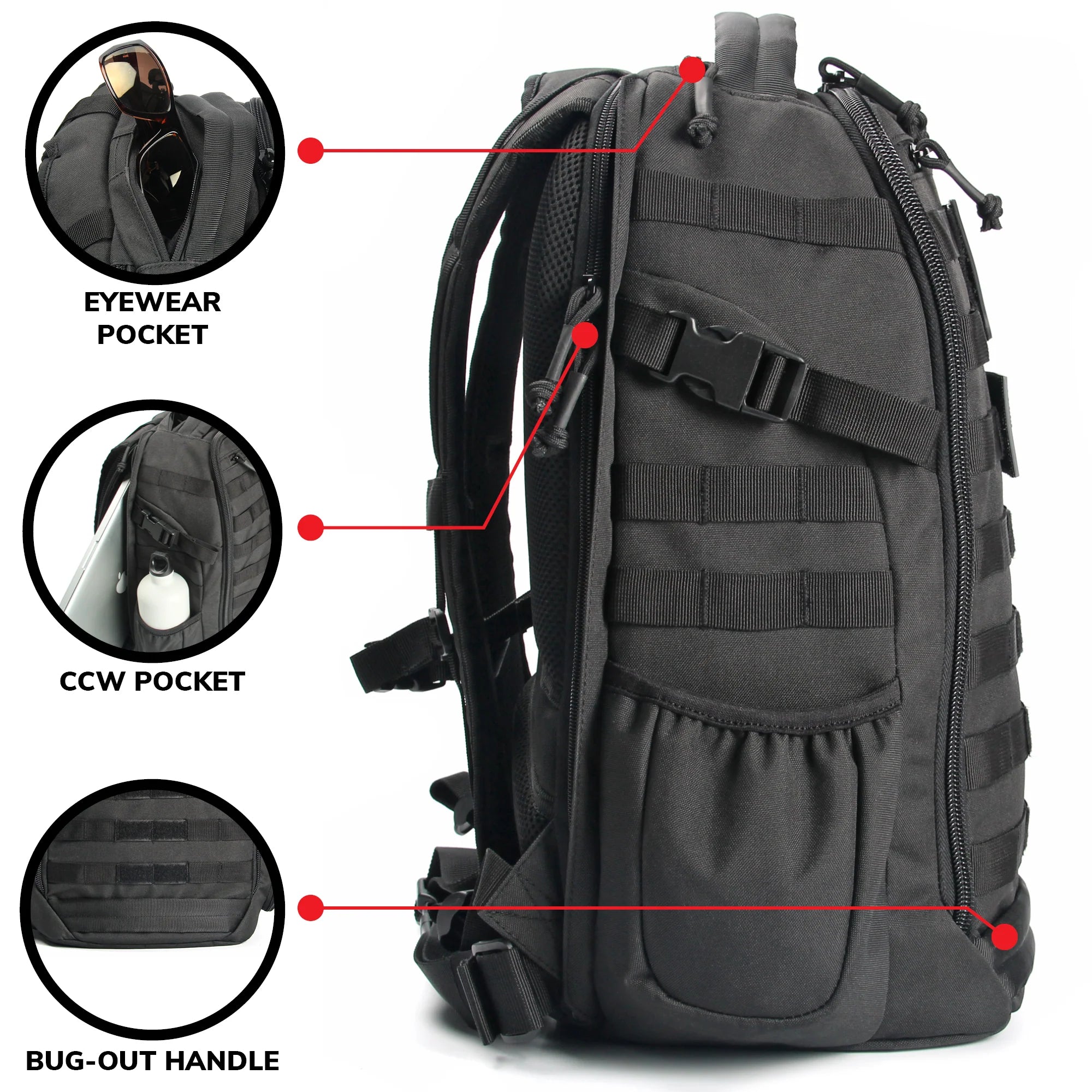
Hiking is a great way to both live out the tactical lifestyle and experience the grandeur of the outdoors. For the tactically minded, part of the fun of this experience is planning the hike—especially figuring out the essentials in packing your outdoor gear. Yes, that’s fun! You get it, right?
While planning the hike, you should consider the type of terrain where it will take place. Every terrain type is different, offering its own special rewards and challenges.You want to be prepared for challenges.
What Are the Different Kinds of Terrain?
Before you start packing, learn more about the characteristics of terrain where you’ll be hiking. You should take special care when planning for routes that traverse diverse hiking terrain. These can include:
Hills - Great for short hikes, hills can offer a suitable challenge without demanding a lot of preparation, equipment or survival training. Most hillwalking excursions don’t require you to bring a lot of supplies with you.
Mountains - These can range from easy challenges to strenuous treks up 14er peaks. (Check out our guide to climbing a 14er mountain for beginners!) If you expect to reach a high altitude, be sure you have the safety gear for it.
Alpine tundra - Many people think that tundra is only found in the Arctic or Antarctic circle. But it’s possible for mountainous terrain to feature alpine tundra. This is the case in the Rockies, for example. Expect colder temperatures and pack clothing to match.
Temperate forest - Some trails wind through lush forest areas full of plants and wildlife. Be wary of any creatures that you may encounter, ranging from insects to snakes to birds to foxes or even bears.
Rainforest - This is a very different type of forest, where you’ll need to factor in the heat and humidity. Depending on how untamed the rainforest is, tropical disease may be a concern. Best to avoid hiking such forests during strong rains.
Desert - Deserts are parched and unforgiving. Sun protection and frequent hydration are paramount. You’ll need to take special precautions against dangers ranging from flash floods to desert creatures (like snakes and scorpions). Reliable navigation tools are essential, as always, but especially so in the desert where resources are scarce. You don’t want to get stranded there!
Other possible terrains include caverns, canyons, plateaus, valleys, wetlands, coastal terrain, sand dunes and glaciers.

What Are the Different Essentials in Packing for Each Terrain Type?
For the most part, you will bring the Ten Essentials of outdoor adventure on any hike, no matter the terrain. These include: appropriate footwear, navigation tools, food, water, shelter, sun protection, rain gear and dry-fast layers, first aid kit, safety items, and knife or multitool. And of course, you’ll need something like the 14er Tactical Backpack to carry all that!
It is always important to do research when choosing a suitable hiking trail. These days, you can even use mobile apps like AllTrails for research and trail study. Learning the special conditions of your hiking terrain can influence the adjustments you make to your packing list. For instance, do you expect conditions to be very dry? Exceedingly hot? Or perhaps chilly?
Be sure to pack clothing and other items that will help you deal with expected outdoor conditions: cold weather gear for alpine tundra, to give an example. These can include waterproof pants, crampons, snowshoes, a winter jacket, winter headgear and balaclava.
Also consider the type of trail or traverse you will encounter. For certain mountain hikes, you’ll want to bring trekking poles, climbing rope and a mountain axe.
Of course, if your adventure will be taking you across diverse hiking terrain, you’ll have to prepare for each type.
Organizational Tips for Your Equipment Pack
Your packing strategy may change depending on the kind of trip you are going on. For a day trip that consists of hillwalking, you can simply rely on the usual ten essentials in packing, as mentioned above. In that case, your focus should be on how to properly pack your tactical backpack.
You’ll want to start by placing many of the heaviest items at the bottom of your backpack’s internal storage. Also place things you won’t need until the end of the day. These are likely to include your shelter, bedding, extra clothes and other extras.
For the middle section, try to squeeze in your extra water and food, and other items of medium weight. The top section should contain light items and things you may need to access during the day. This is where you’ll put your rain gear, multi-tool, snacks and headwear.
If you have a 14er Tactical Backpack, you can keep something for self-defense in the CCW pocket, where it can be quickly accessed when you need it. You can also attach additional pouches to the exterior back. This is where you should place an IFAK pouch(individual first aid kit pouch) so it can be deployed speedily.

More Organizational Tips and Tactics
You’ll want to use a tactical backpack with easy-access zip pockets and a MOLLE system. This makes it easier for you to organize your equipment efficiently and ensure that every item is secured at its ideal position. MOLLE, which simplifies adding and subtracting compartments, allows your tactical backpack to be customized for different kinds of outdoor adventures. You won’t need to purchase more than one backpack!
Given such a modular backpack, you can attach an IFAK pouch securely on its exterior hide, where you can access it quickly. Add yet more pouches to hold more things that you may need in diverse hiking terrain.
For example, for desert trekking, you’ll want to bring more water than usual. You can add compartments for carrying multiple hydration packs. For hiking in cold conditions, you’ll want to wear several layers, and bring extras that you can store in the top section of your backpack.
You should also customize the contents of your IFAK pouch according to the terrain and conditions. So if you will be venturing into the forest or any area that is thick with wildlife, you should include protection against allergens and irritants in the environment. As well as something to use in self-defense.
Why Is Researching Terrain Conditions Important Before Going on Any Hike?
We briefly mentioned the importance of research above, but let’s look closer at the benefits it brings. First of all, it is part and parcel of the tactical lifestyle. Even if you are an experienced hiker and know how to pack for an outdoor trek, you don’t want to be complacent. You need to diligently plan for the adventure and possible scenarios you may encounter.
Furthermore, you can adjust your packing list depending on the difficulty, length and special conditions of the hike. For a longer hike, you will need to accommodate more food and water. Difficulty can influence your choice of items to bring—whether you’ll want to bring rain gear, trekking poles or mountain climbing gear, perhaps.
It’s also a good tactical practice to research what gear you should purchase, especially in the case of your backpack and IFAK pouch. These bags need to be heavy duty enough to handle the rigors of outdoor trekking. Of course, the 14er Tactical Backpack is highly recommended—it’s durable, highly functional, modular and well-designed.



